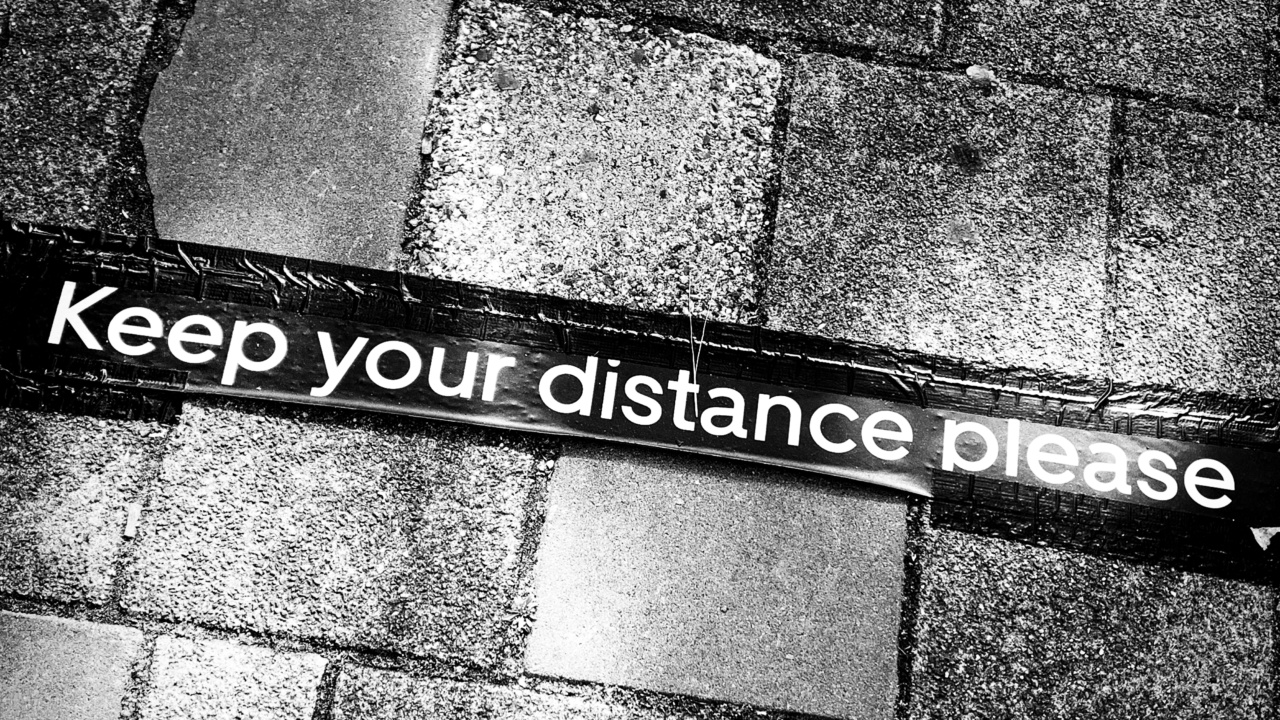Tanning beds are a popular way to achieve a sun-kissed glow without exposing your skin to harmful UV rays. However, the use of tanning beds has been linked to an increased risk of skin cancer and other health problems.
What is a Tanning Bed?
A tanning bed, also known as a sunbed, is a device that emits UV radiation to darken the skin. Tanning beds are often found in salons or spas and consist of a bed or booth that is lined with UV lamps.
Users lie on the bed or stand in the booth for a certain amount of time, typically between 10 and 20 minutes.
The Risks of Using a Tanning Bed
Exposure to UV radiation from tanning beds can cause a range of health problems, including:.
- Skin cancer: Tanning beds have been classified as Group 1 carcinogens by the World Health Organization, meaning they are known to cause cancer in humans. According to the Skin Cancer Foundation, people who use tanning beds before the age of 35 increase their risk of melanoma, the deadliest form of skin cancer, by 59 percent.
- Premature aging: UV radiation can cause wrinkles, age spots, and other signs of premature aging.
- Eye damage: UV radiation can damage the eyes and increase the risk of cataracts and other eye problems.
- Immune suppression: UV radiation can weaken the immune system, making it harder for the body to fight off infection and disease.
What Makes Tanning Beds Unsafe?
Tanning beds have a number of features that make them unsafe, including:.
- Intensity: Tanning beds emit UV radiation at higher intensities than the sun, meaning users are exposed to more radiation in a shorter amount of time.
- UV-A radiation: Tanning beds primarily emit UV-A radiation, which penetrates deeper into the skin than UV-B radiation. This increases the risk of skin damage and cancer.
- Lack of regulation: Tanning beds are not well-regulated and do not have a standardized classification system. This makes it difficult for consumers to know exactly how much UV radiation they are being exposed to.
Alternatives to Tanning Beds
If you want to achieve a bronzed look without using a tanning bed, there are several safer alternatives, including:.
- Sunless tanning products: Self-tanning lotions, creams, and sprays can give you a natural-looking tan without exposing your skin to UV radiation.
- Bronzing makeup: Bronzing powders and creams can be used to contour and add color to your face and body without the risk of sun damage.
- Natural sunlight: While exposure to sunlight can still be harmful in excess, spending a limited amount of time outside can provide you with the vitamin D you need without the added risk of indoor tanning.
What Can You Do?
If you are concerned about the health risks associated with tanning beds, there are several steps you can take to protect yourself, including:.
- Avoiding tanning beds altogether.
- Using sunscreen with a high SPF when spending time outdoors.
- Checking your skin regularly for any signs of skin cancer.
- Speaking out against the use of tanning beds and advocating for better regulation of these devices.
The Bottom Line
Tanning beds are not a safe way to achieve a sun-kissed glow. The use of tanning beds has been linked to an increased risk of skin cancer, premature aging, eye damage, and immune suppression.
If you want to achieve a bronzed look, there are several safer alternatives, including self-tanning products and natural sunlight.





























